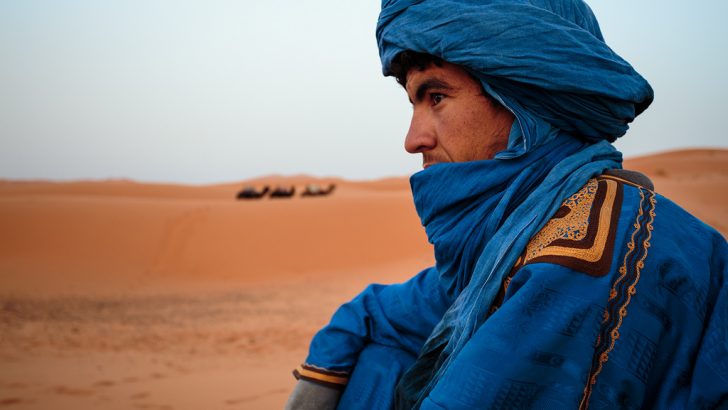Writing recently about the Dublin connections of the romance of Tristan and Isolde I had no room to mention that one of the paintings decorating the frieze of the foyer of the City Hall is of Tristan asking for the hand of Isolde (who stands nearby) on behalf of King Mark of Cornwall.
Also standing by is a figure in Eastern dress, who represents King Palomides the Saracen, a character in Malory’s Morte D’Arthur, the high point of the Arthurian epic in literature. Palomides is deeply enamoured of Isolde and says he will convert from Islam if she marries him.
The tale went otherwise, of course, but this strange figure set me thinking about the earliest Muslims in Ireland. Palomides as a literary image belongs to the time of the crusades of the 12th Century, when much of the Arthurian literature took on its literary form. But there was hardly likely to have been a Muslim in these islands then, or earlier. Or so one might think.
Aside from the rare individuals, a Muslim community in Ireland first emerged in the 1950s with the Malayan students at the Royal College of Surgeons. Later there were a large number of Libyan aero engineers associated with Aer Lingus.
But these were, it seems, far from the first Muslims.
Everyone will have heard about The Annals of the Four Masters assembled by Michael O’Clery and his colleagues from earlier annals. Their work was translated in the 19th Century by John O’Donovan, the great scholar who was a pioneer of modern Celtic studies.
However, there were other annals, and fragments of annals. O’Donovan himself translated Annals of Ireland: Three Fragments (1860), created for Donnchad mac Gilla Pátraic, ruler of Ossory and Leinster in the early 11th Century. In these there is a curious passage.
The annalist is recording the struggle between rival Viking groups. One of these is described as mounting a raid on the sea coast of what is called Mauretania. This is not the present day Saharan republic, but rather the northern coast of Morocco and Algeria, the old Roman province.
Their landing is opposed by a local king and his tribesmen. In battle the Viking leader struck off the king’s hand. He fled, his followers scattering behind him. This took place at N’kor in Al Hoceïma Province of the Kingdom of Morocco, across the Alboran Sea from Malaga, in or around 860 – in the annals the next entry relates to an eclipse of the sun that took place in 865.
However, many of the Maurs – or Moors – were taken prisoner and carried back to Ireland. There we are told they became serfs, known as the “Blue men of Erin” – or ‘the Black men’. The annalist writes as if these were a well known population group – rather like the travelling tinsmiths in the 19th Century. Given the connection of these fragmentary annals with the Kingdom of Ossory, it is likely that the “Blue Men” were found there between Leinster and Munster in what is now largely Co. Kilkenny and part of Laois.
These Blue Men were undoubtedly Muslim Berbers. John O’Donovan, however, notes that the Blue Men are not mentioned elsewhere. Given the immense damage and destruction to Irish records done by all sides over the centuries this should not surprise us.
These first Muslims in Ireland must have married in due course – probably among those other semi-submerged populations of the original prehistoric Irish that the Gaelic overlords claiming descent from Milesius kept in servitude. But DNA survives, which means that among many Irish Catholics of the old Norse area of influence in Ossory the Moorish blood of the followers of the Prophet must still flow. As the annalist, writing about the time of the Battle of Contarf, says, “long indeed were these Blue Men in Erin”.
Perhaps in the conditions of the new and emerging multi-cultural Ireland we need to know a great deal more about these ‘Blue Men of Erin’: where they came from in North Africa, and where they were settled in the midlands. But then this is just one of the myriads of mysteries about early and medieval Ireland that scholars have yet to resolve.



